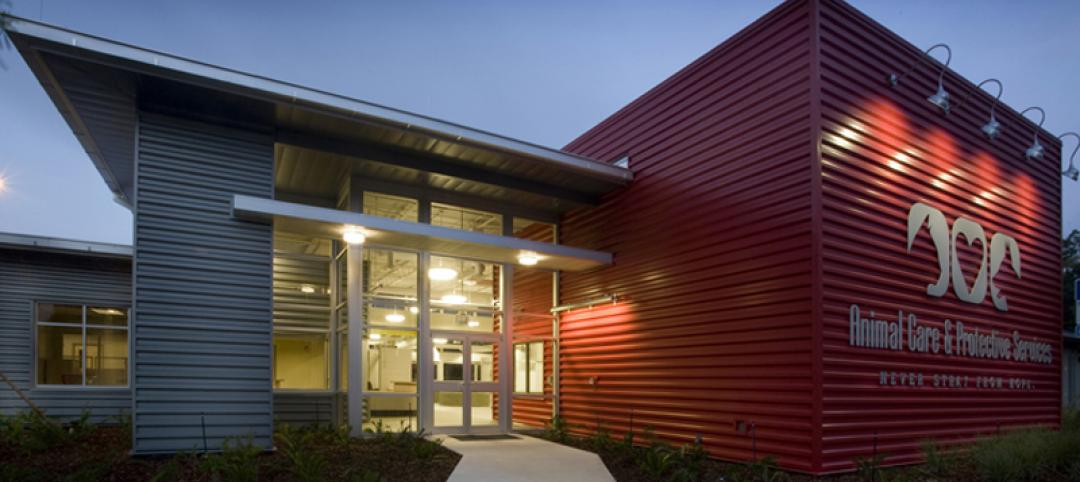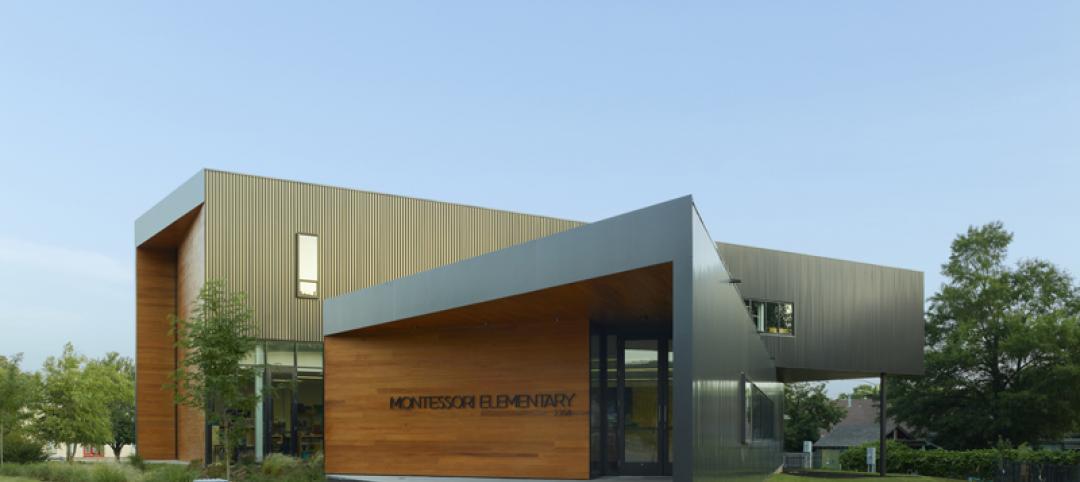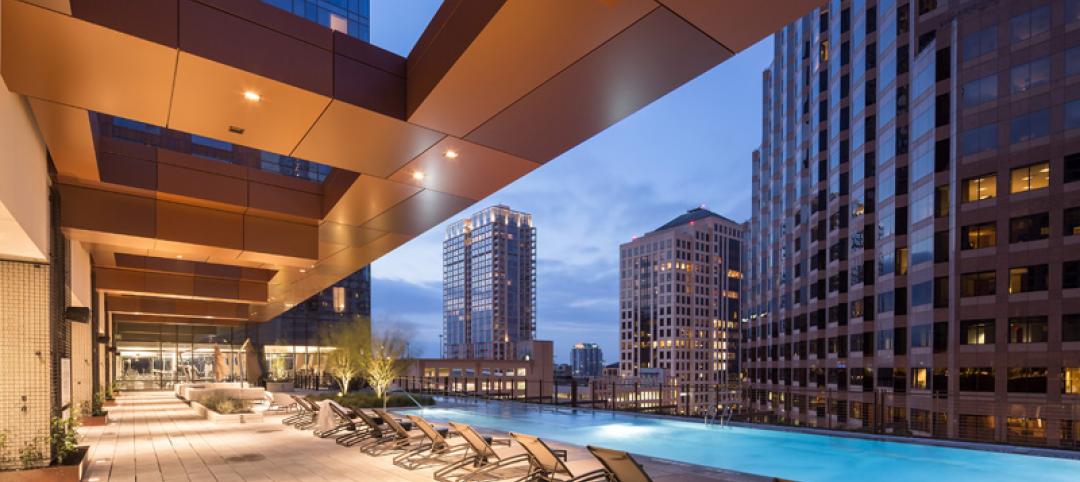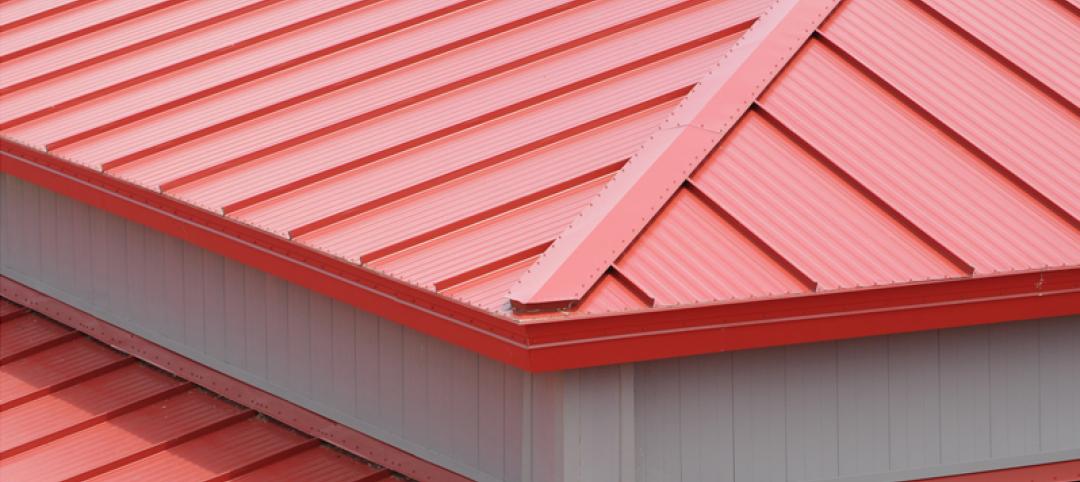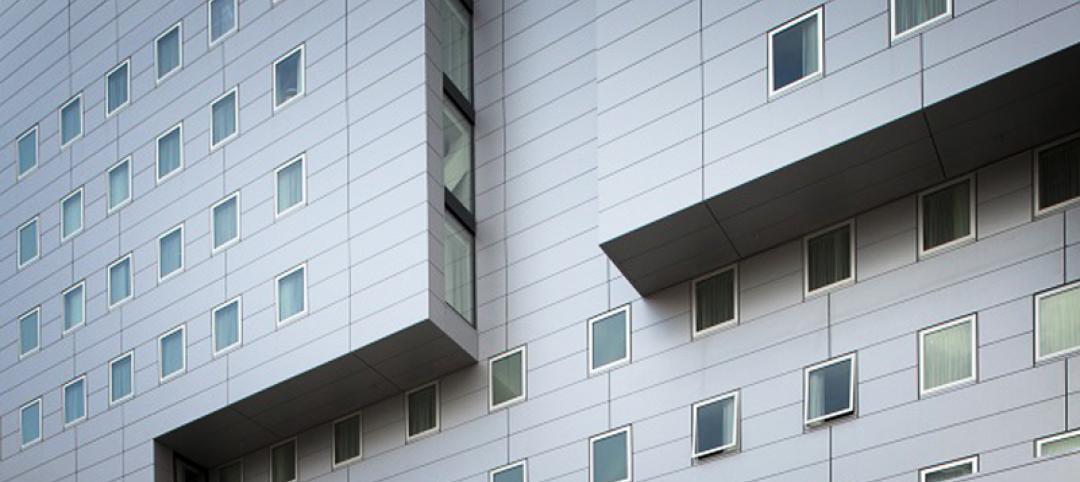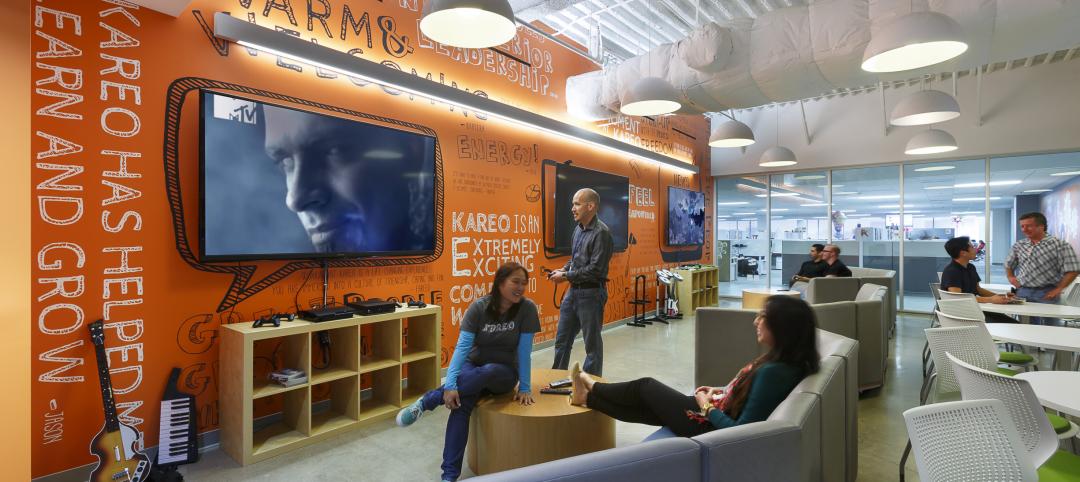Historically, high-performance industrial coatings were used to protect large-scale infrastructure. The coatings safeguarded elements, such as bridges and industrial concrete floors, from corrosion, abrasion, and chemicals. Now the architectural coatings market is demanding more sustainable architectural coatings with the durability and protection properties of proven industrial coatings.
Organizations such as the Master Painters Institute (MPI) and the Society for Protective Coatings (SSPC) are developing standards specifically designed to drive greater performance in commercial architectural coatings that also satisfy the different needs of this market.
Steven Reinstadtler, construction marketing manager for coatings at Bayer MaterialScience LLC, discussed the migration of industrial coatings into the architectural coatings sector when he recently presented “The Sustainable Movement of High-Performance Industrial Maintenance Coatings into Architectural Markets” at SSPC 2013.
Sustainability for the architectural coatings value chain means higher durability and solids, longer time between maintenance cycles, waterborne systems with fewer volatile organic compounds (VOC) and solvents, and lower odor. Good aesthetics are just as important. Decision makers in this market drive sustainability in the built environment, said Reinstadtler.
The resulting next-generation coatings perform with the expected durability, scrubbability, and chemical resistance possessed by industrial coatings, while also fulfilling additional architectural coatings requirements of color retention, low VOCs and odor, low sheen, and a fast return-to-service time. Several application areas have experienced a successful migration of industrial coatings into the architectural coatings market. Reinstadtler detailed their successful use in flooring, interior and exterior wall, and graffiti-resistant applications. As technologies and formulations continue to improve, industrial coatings will be further incorporated into the architectural coatings market, according to Reinstadtler.
“Industrial coatings manufacturers are developing tailored products to enhance existing industrial coatings,” he said. “This helps to address applicators’ desires to use high-performance industrial coatings in the commercial architectural coatings market.” +
Related Stories
Sponsored | Coatings | Aug 6, 2015
The art and science of coating colors
Special care must be taken to formulate coatings to ensure performance, even in the most demanding environments.
Sponsored | Coatings | Aug 3, 2015
Clearing up myths about PVDF coatings
While all PVDF coatings contain the same resins, the remaining 30% of the binders and pigmentation vary by manufacturer.
Sponsored | Coatings | Jul 20, 2015
Fluropon celebrates 50 years of excellence
Introduced in 1965, the coating system was designed for excellent color retention and resistance to fading.
Sponsored | Metals | Jun 16, 2015
Metal building products deliver endless design freedom and sustainability
Numerous metal building products contain recycled content, reducing the need to mine new materials and saving space in landfills
Sponsored | Coatings | Jun 15, 2015
What’s in a coating, and why does it matter?
When the sun starts swinging punches at your building's coating, chalking and fading will start. But there's a way to prevent it.
Green | Jun 8, 2015
Maryland tech firm is developing spray-on solar panels for windows
Made primarily out of hydrogen and carbon, the coating can turn see-through surfaces into solar panels.
Sponsored | Coatings | Jun 5, 2015
Unwrapping ‘the mummy’: Chicago hotel project comes to life
The sleek architectural panels and Valspar coating give the building a steely sheen.
Sponsored | Coatings | May 29, 2015
Detroit transforms abandoned casino into modern public safety headquarters
The recently completed, 400,000-sf facility repurposed an abandoned casino into a state-of-the-art civic building that serves as a model of public safety integration
Sponsored | Coatings | May 14, 2015
Prismatic coatings accent the new Altara Center
This multi-use campus will contain a university, sports facilities, medical center, and world-class shopping
Sponsored | Coatings | May 6, 2015
Color and Contrast in the Built Environment
Because color is incredibly subjective, personal and situational, it is difficult to study scientifically. There is no conclusive evidence to fully support one color’s beneficial effects on the human mind and body over another color.



